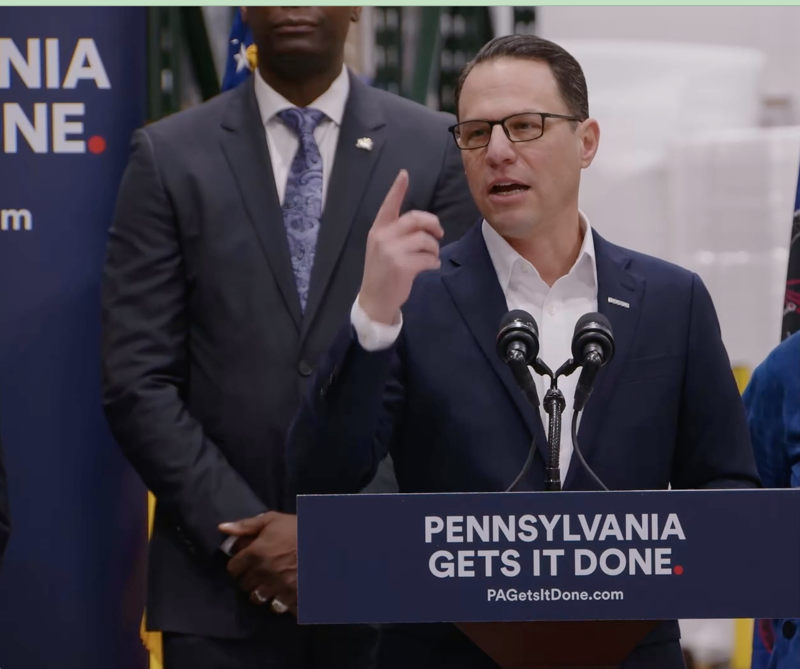(The Center Square) — Gov.Josh Shapiro has taken on permitting reform, oft-repeating that state government needs to move at the speed of business.
A recent review of the Department of Environmental Protection’s permit backlog argues that much remains to be done.
While timelines have sped up and the backlog has improved, critics worry that the governor’s reforms won’t go far enough.
“Pennsylvania’s a state where energy is very important to its economy; it’s also a purple state,” said James Broughel, a senior fellow at the Competitive Enterprise Institute. “You can sense that there’s this tension of wanting to add a lot of regulations, but also wanting to support energy projects, and it leads to this tense regulatory environment.”
Broughel analyzed the permitting process in Pennsylvania as part of a project to review state policies nationwide and noted that reform has been a rallying cry from the commonwealth’s governors for decades.
“It seems like almost every governor over the last 25 or 30 years has come into office and had some kind of permitting reform and made attempts to speed up the permitting process, establish deadlines for permit reviews, reduce backlogs,” he said. “There’s a mixed record of success in these efforts.”
That mixed record includes trying again what’s already been done.
“The reforms that we’re seeing form the Shapiro administration seem to be making some progress — but they’re also rehashing old ideas that were tried 30 years ago like the money-back guarantee policy,” Broughel said. “I think that policy in general is a good idea — but this signals maybe a lack of ambitious or bold ideas, and maybe something bigger needs to be tried.”
Permitting backlogs have been slashed in the DEP and other state agencies have sped up their approval wait times as well. But years-long delays still haunt projects despite years-long complaints and legislative attention.
Broughel’s report noted that wait times for permits can vary dramatically depending on which DEP regional office handles a review. For an ESCGP permit, required for oil and gas companies to dig up dirt, review times ranged from 79 days to 123 days depending on the regional office.
In the southwest and northcentral regional offices, wait times for the permit got worse — much worse. Wait times grew by 56% and 86%, respectively, from 2015 to 2021.
Focusing too much on backlogs and waits, though, can mask larger issues. Measurements and goals can focus on low-hanging fruit.
“Very often, agencies have a lot of control for when the clock starts ticking,” Broughel said. “So if there’s all this emphasis on time, then it may miss the bigger issues which are maybe broader cultural forces or institutional issues across the government.”
In front of legislative committees, DEP has argued that some of its problems stem from a workforce shortage. DEP Acting Interim Secretary Jessica Shirley told lawmakers in February that the department’s headcount is still well-below levels it had in the early 2000s.
But it’s hard to gauge how much of the problem is a staffing issue or a process issue.
Broughel advocated for the department to audit its permitting process and automate procedures to be more efficient. DEP could also consider hiring temporary workers to pick up the slack. He remained skeptical of calls for more staffing, though.
“Regulators have a financial incentive to ask for more resources,” Broughel said. “They have an incentive in terms of authority and power to want more people under their agency.”
The Shapiro administration’s reform efforts, though, could lead to something bigger.
“Shapiro created the Office of Transformation and Opportunity and it’s a good start,” Broughel said. “Having some kind of central authority really focused on systemic reforms across government, how they’re doing … I think that’s a good idea. That could be built upon.”
Enshrining it in state statute and giving it power to audit state agencies, find bottlenecks, and cut duplicative work, he argued, could deliver on getting Pennsylvania’s state workers in line with businesses across the commonwealth.







